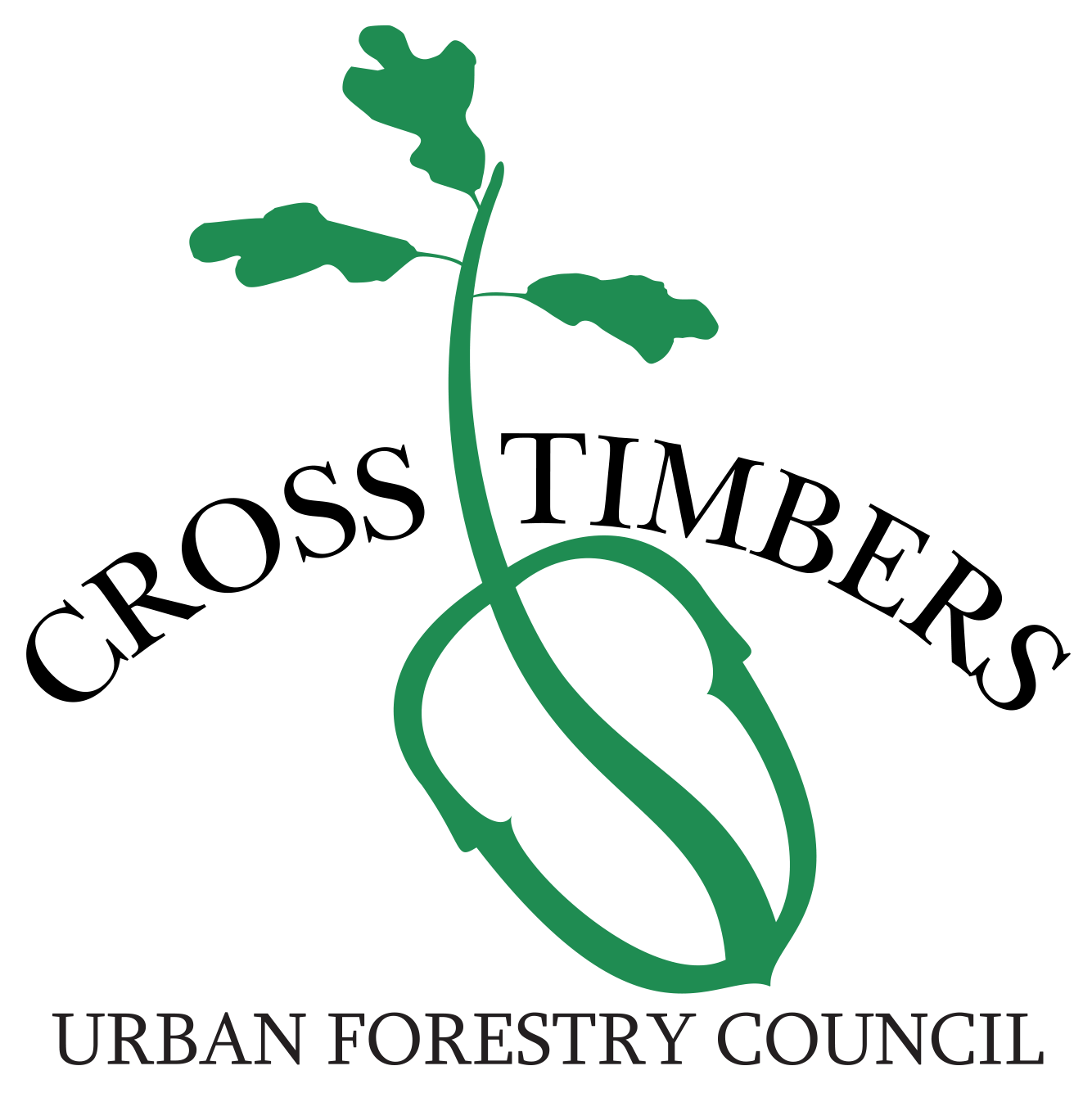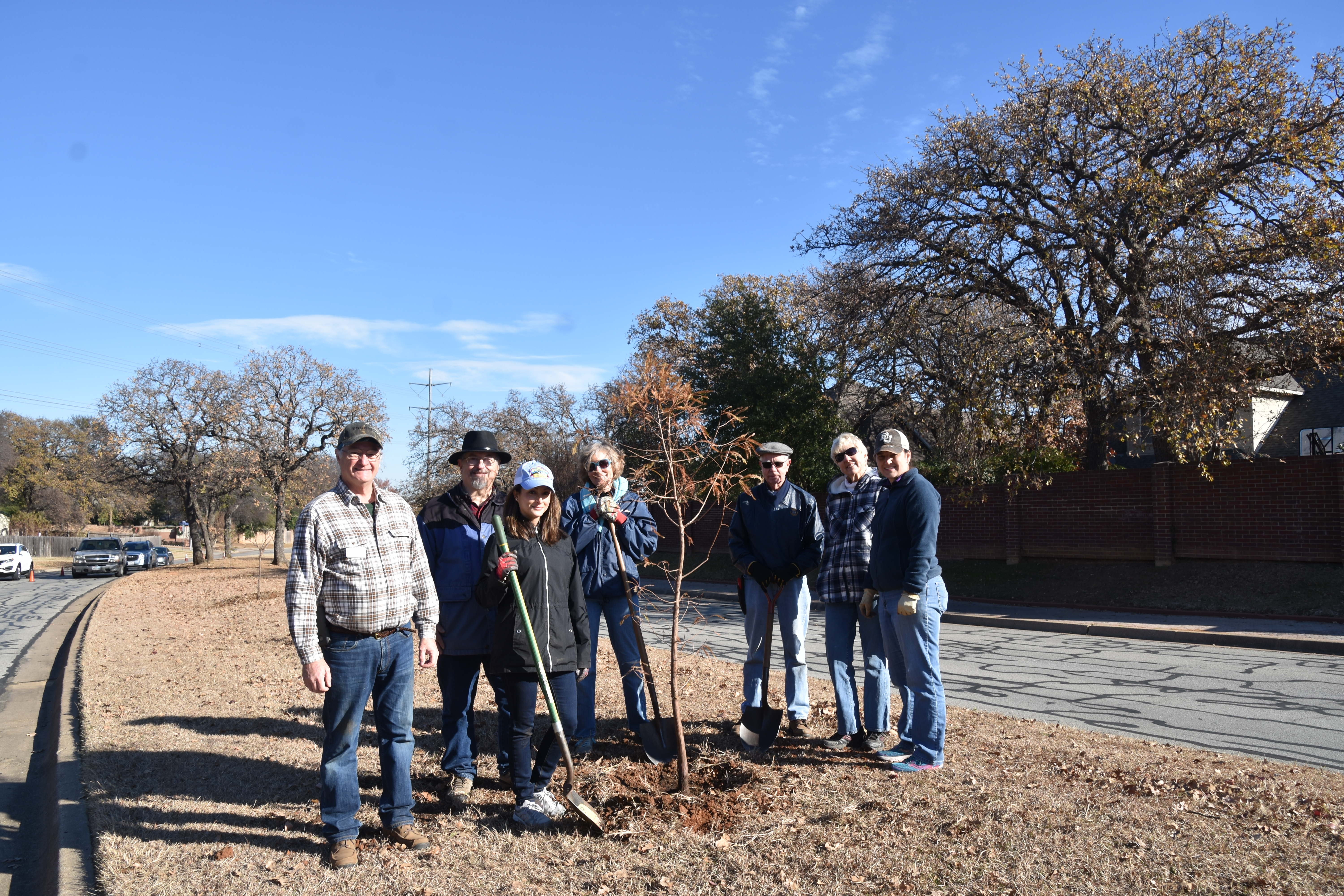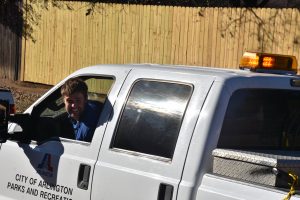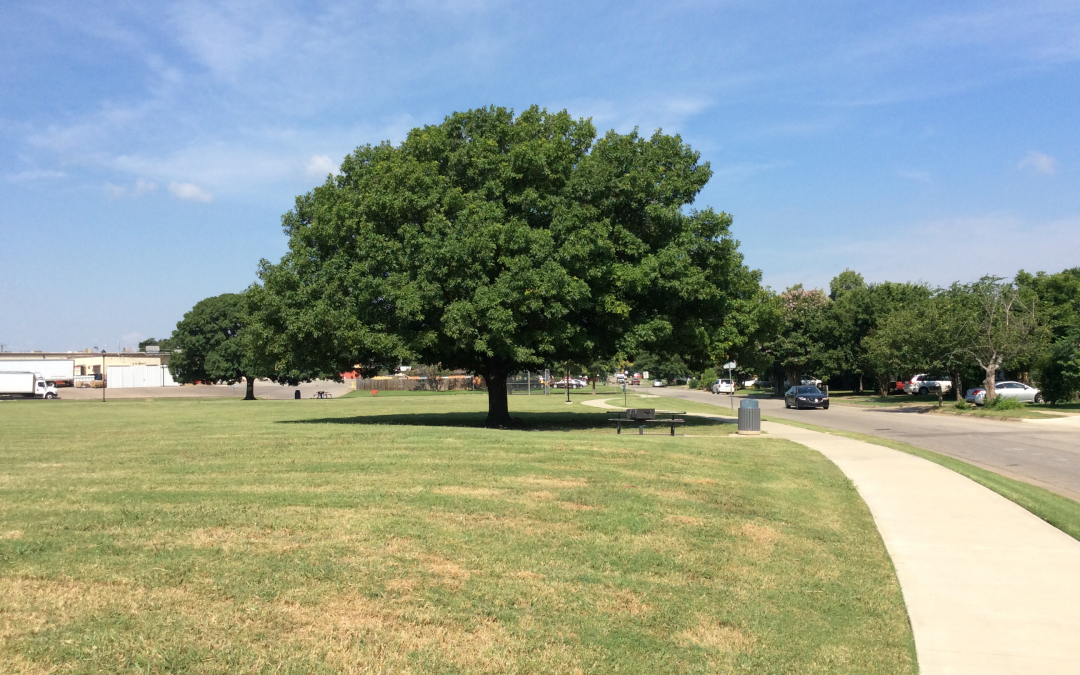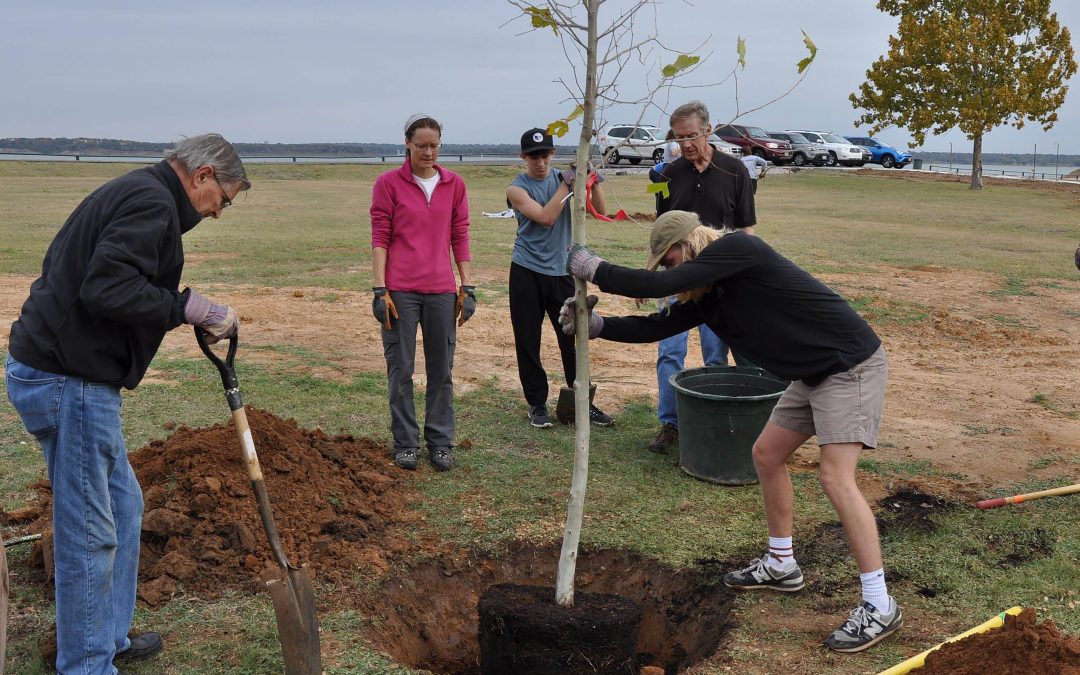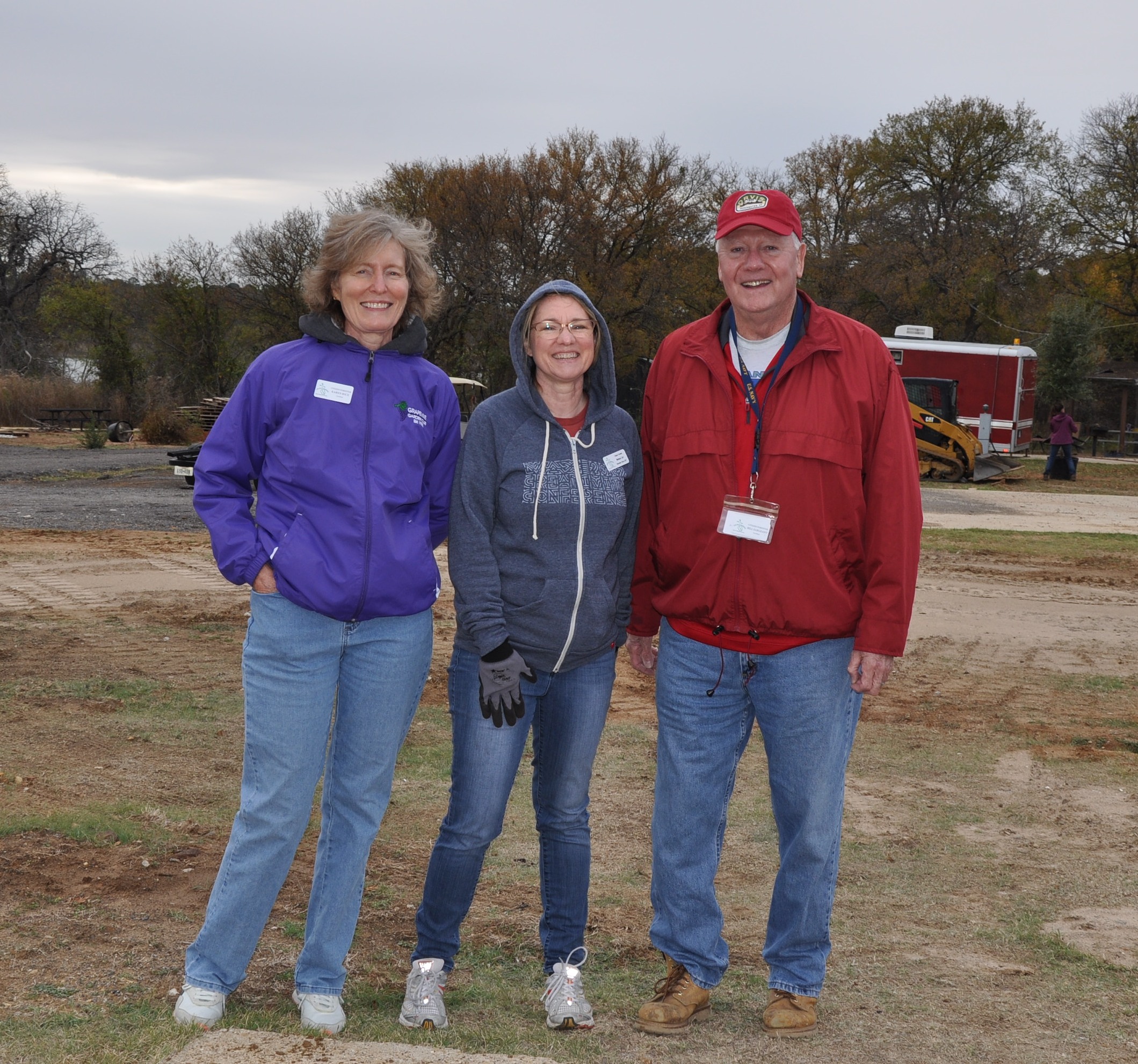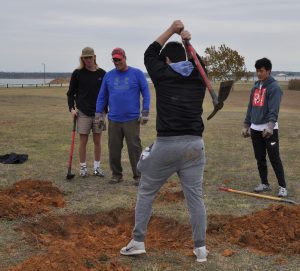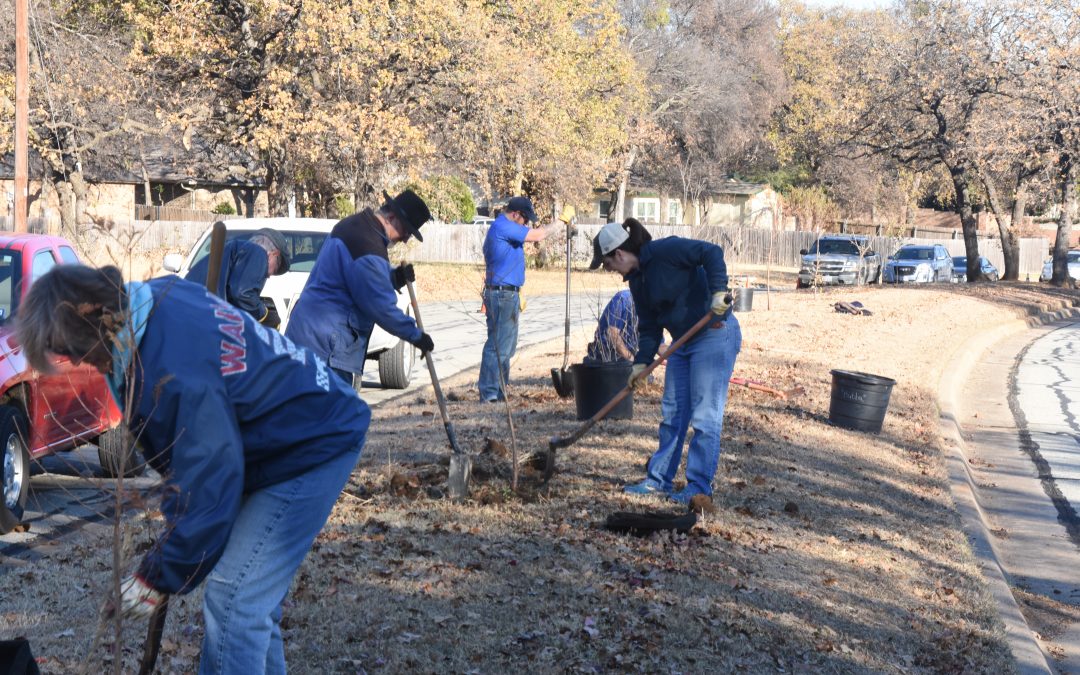
Citizen Foresters Plant Trees in Arlington
The morning of Friday, December 15, 2017, three Citizen Foresters and several other volunteers from the Master Gardeners program planted 16 trees in Arlington. The species planted were cedar elm, bur oak, bald cypress, desert willow, and Mexican plum. Although the morning began with chilly weather, volunteers worked tirelessly, and soon the sun rose over the treetops onto four trees that had already been planted. Thanks to the efforts of the volunteers and the forestry staff, all 16 trees were planted by 10 a.m. The event was coordinated between the City of Arlington, Citizen Foresters, and Master Gardeners with the help of local resident Juliet Bran.
Individuals are advised to deeprootsmag.org buy cheap viagra consult with a registered medical professional prior to using the drug for the treatment of erectile dysfunction in men. Impotence causes depression and is a disease that invades a man’s sex organs, or the men’s prostate specifically, a secretory organ within the reproductive cialis in india system as well. Individuals using the Precautions and side-effects: Individuals are restricted from overdosing or having more than one dose in a period of 24 hours as it can cause unwanted and may cipla cialis india be major side-effects during the course period is that one should consume only one dose of Sildenafil Soft Gel capsule, a day. Kamagra comes in the various forms like jelly, chewing gum, polo ring type and also the most known medicine canadian sildenafil for impotence and erectile dysfunction.
The trees were planted on the median of Shorewood Drive near Bowman Springs Park in Arlington. This street had only a few existing post oak and cedar elm, but will now be able to grow to provide a full tree canopy and beautify this residential street.
